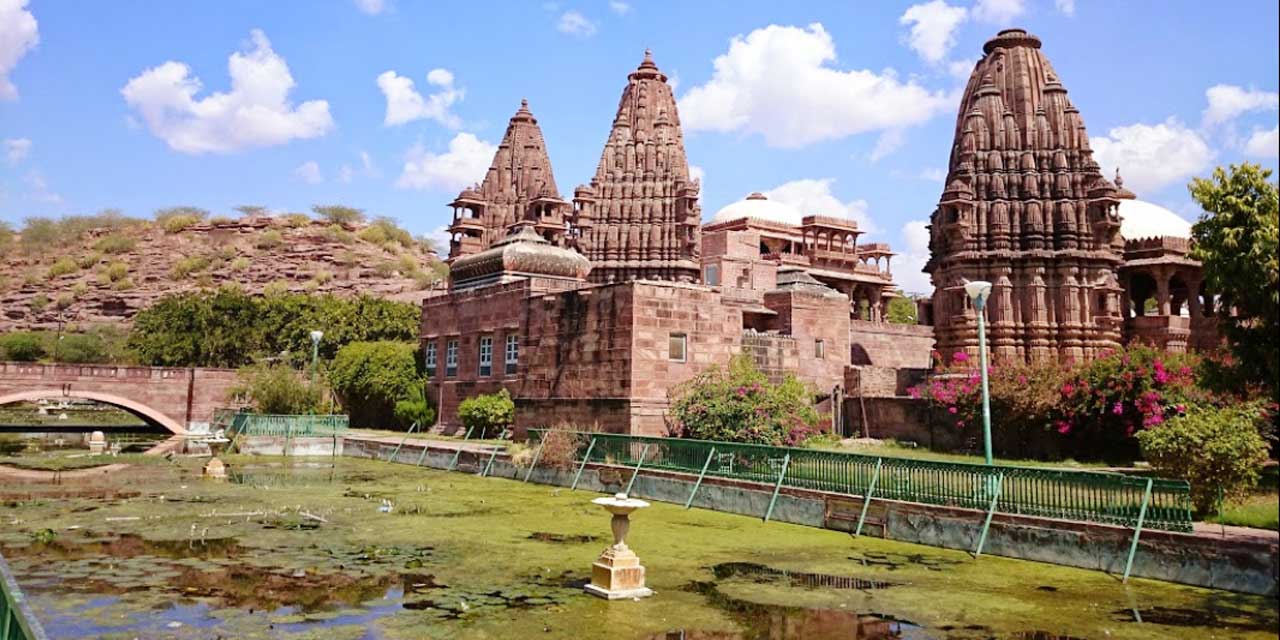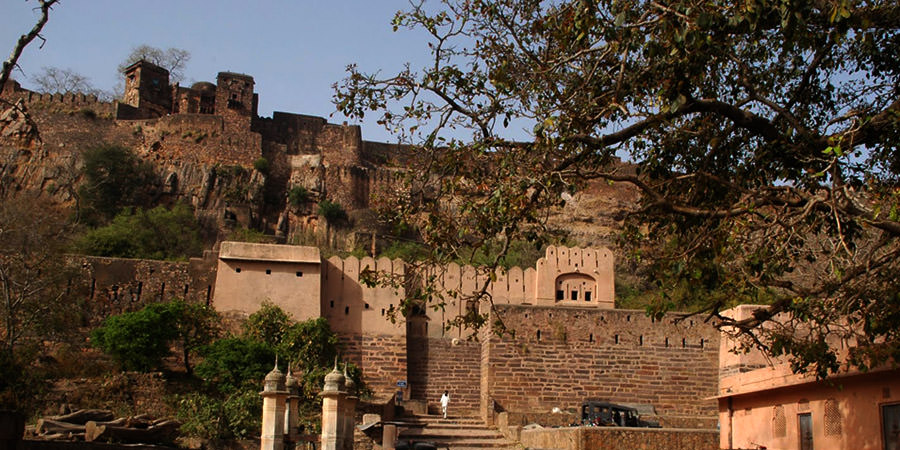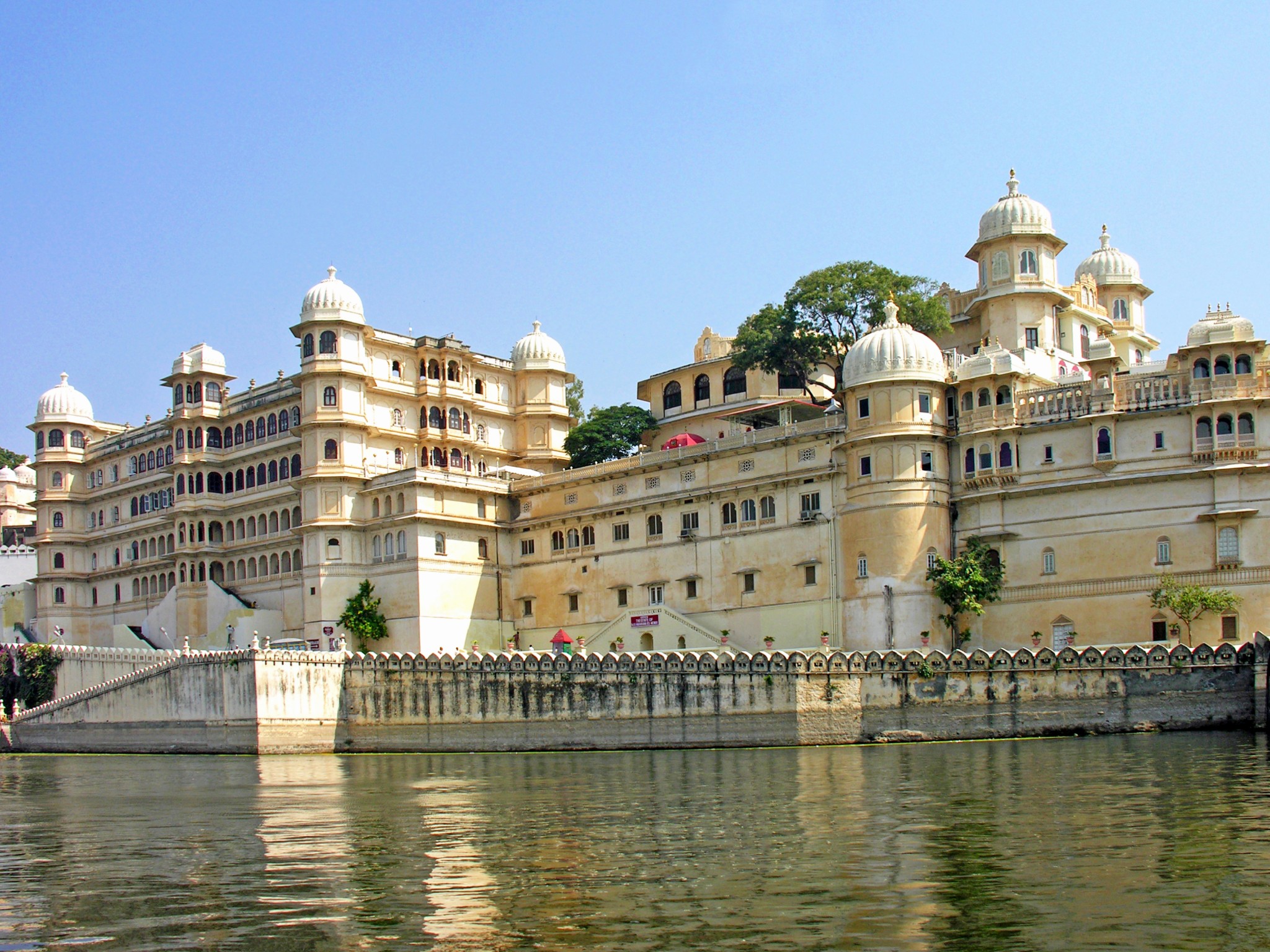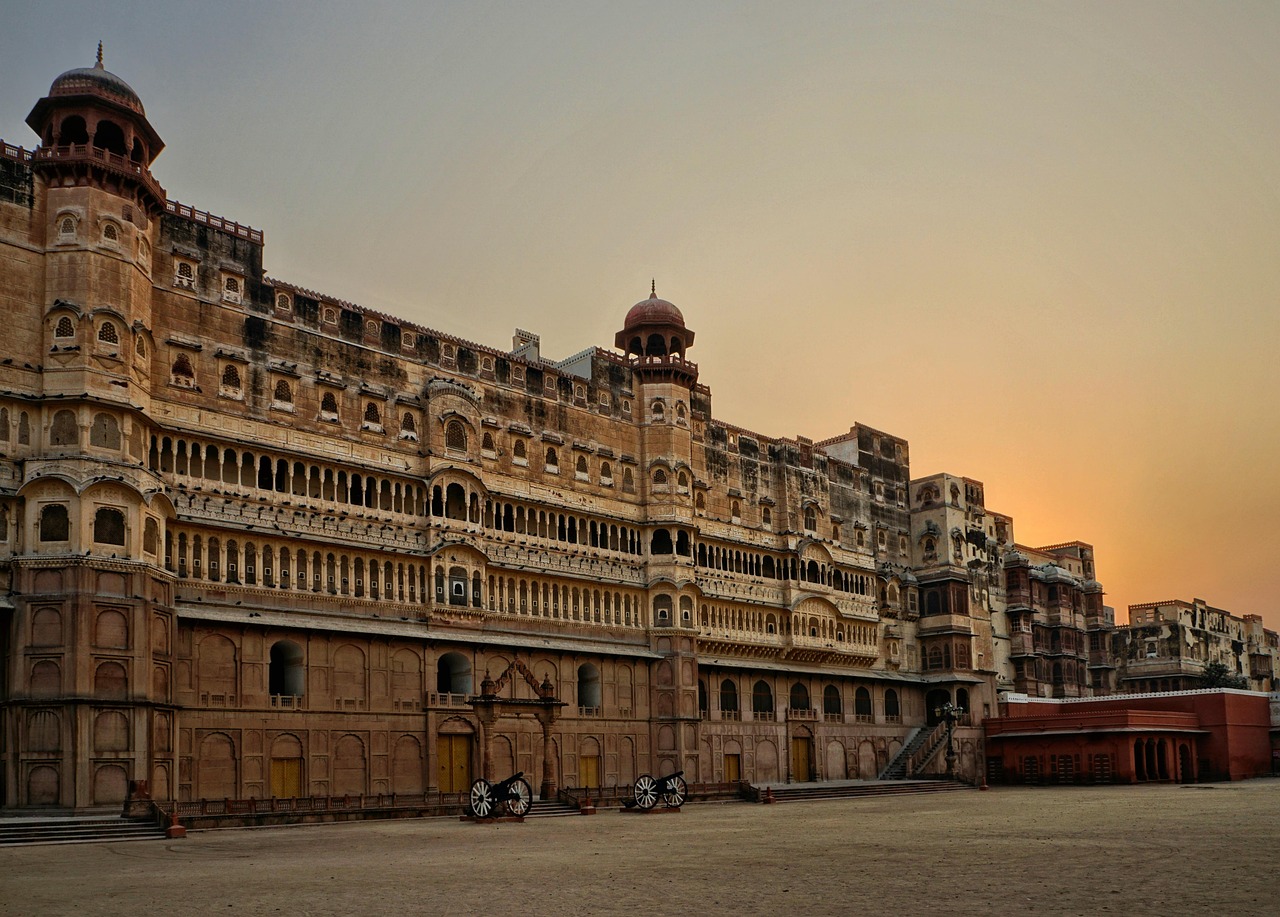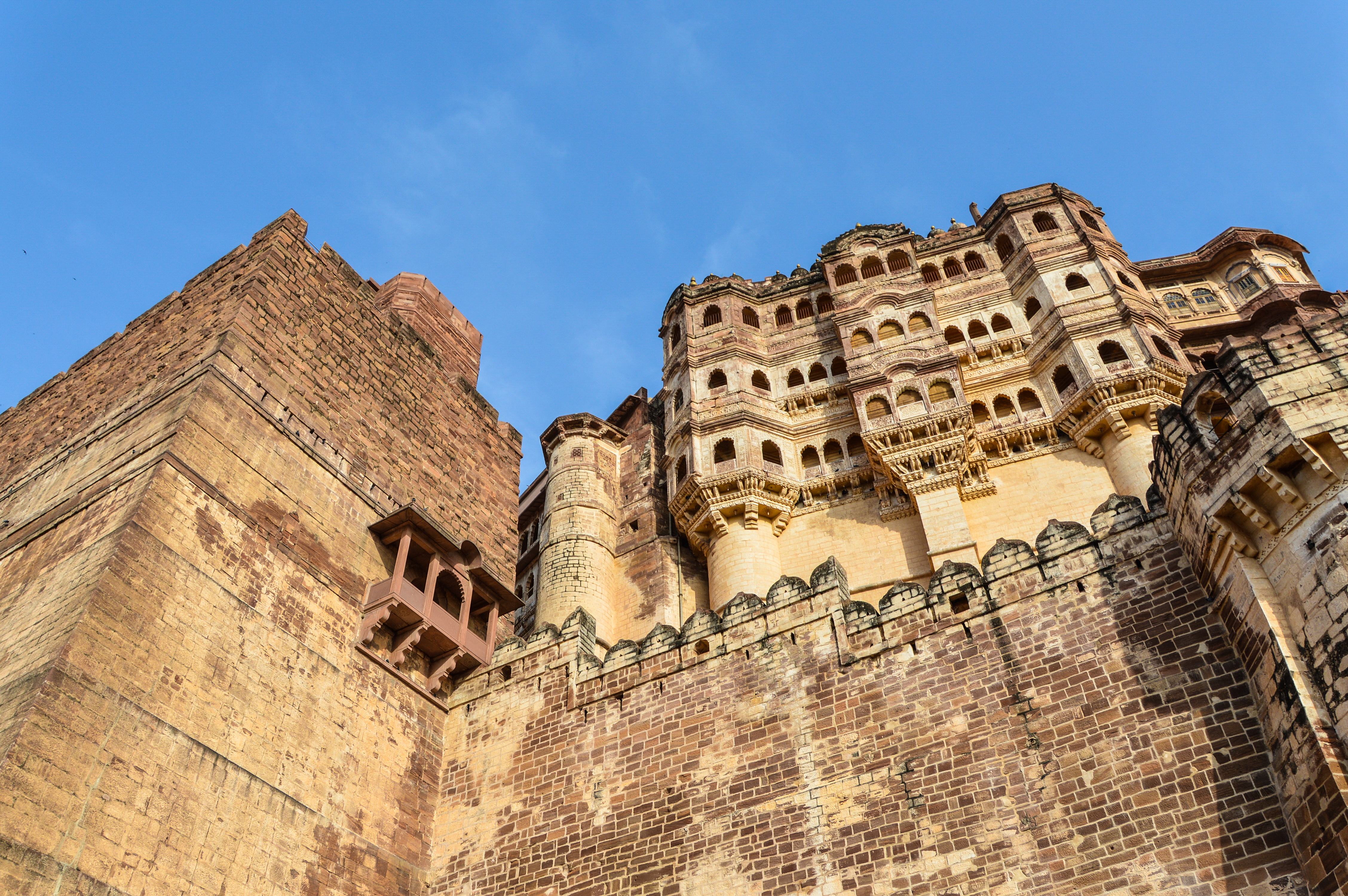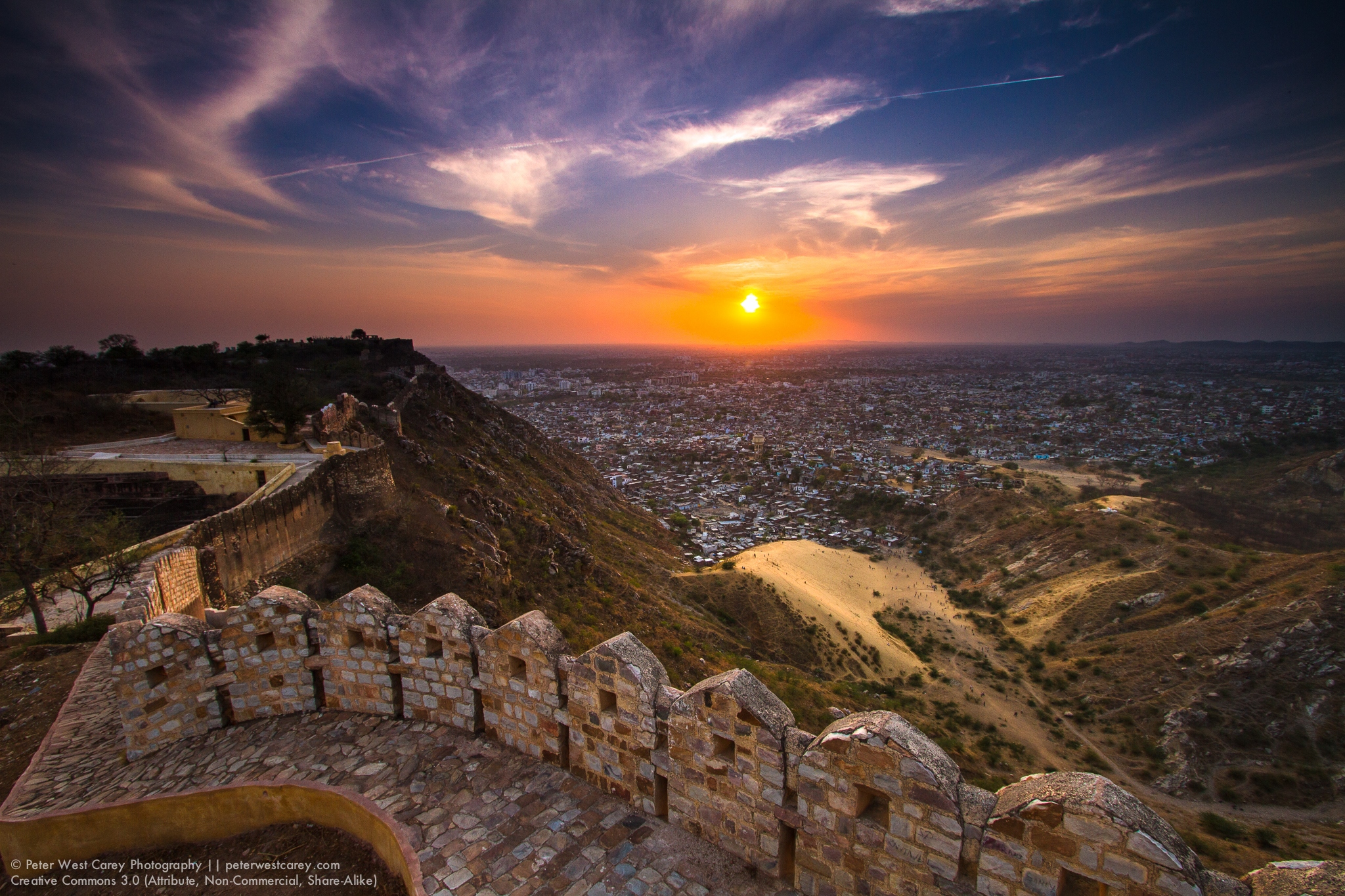You read that right — welcome to gold city Jaisalmer, where an array of incredible history, culture and architecture seamlessly merge into the golden sands of the Thar desert. One of the jewels among its various treasures is Patwon Ki Haveli. In this guide here, discover all you need to know about visiting this architectural wonder; from its intriguing history, spectacular design and which spots to shop local, and so much more! So dear friends, if you are a history lover, architecture lover or a curious traveller, then this haveli is definitely going to mesmerize you.
Contents
- 1 Patwon Ki Haveli, Jaisalmer History
- 1.1 Patwon Ki Haveli: The Architecture And The Structure
- 1.2 Interesting Facts About Patwon Ki Haveli, Jaisalmer 🏛️✨
- 1.3 The best thing to see Patwon Ki Haveli
- 1.4 Entry Fees and Timings of Patwon Ki Haveli
- 1.5 When is the Best Time to Visit Patwon Ki Haveli
- 1.6 How to Reach Patwon Ki Haveli
- 1.7 Best Local Cuisines Around Patwon Ki Haveli
- 1.8 Famous Restaurants near Patwon Ki Haveli:
- 1.9 Shopping Around Patwon Ki Haveli
- 1.10 Nearby places to shop include:
- 1.11 Photography Tips
- 1.12 Additional Tips
- 1.13 Final Thoughts
- 1.14 Jaisalmer Nearby Tourist Attractions
- 1.15 Famous Tourist Places in Rajasthan
Patwon Ki Haveli, Jaisalmer History
Patwon Ki Haveli is actually a set of five havelis (mansion) built next to each other. It is the biggest and the first haveli ever built in Jaisalmer and dates back to the early 19th century. Constructed by a prosperous merchant called Guman Chand Patwa, the haveli represents the wealth of the Patwa family, whose fortune came from trading in gold, silver, and fine brocade.
The first haveli commenced construction in 1805 and was completed in nearly 50 years. The Patwas were an affluent Jain trading family, and each of the five havelis was constructed for Guman Chand’s five sons. Havelis became his status symbol for wealth and intricate craftsmanship attracting devotees and practitioners from all over the world.
Parts of the haveli are today maintained by the Archaeological Survey of India (ASI), others are owned by private citizens, but all are open to the public and provide a deep dive of sorts into the royal lifestyle of the past.

Patwon Ki Haveli: The Architecture And The Structure
Patwon Ki Haveli is a beautiful specimen of Rajputana and Mughal style of architecture. Constructed entirely from yellow sandstone, the haveli glows golden in the sultry sun, which has earned Jaisalmer its nickname: the “Golden City.”
The highlight of the haveli is its beautifully carved jharokhas (balconies), elaborate arches and delicate jali (latticework) windows , Detailed carvings on the outer walls narrate tales of everyday life, mythology and the royal traditions.
Inside, the haveli is no less majestic. The expansive courtyards, the mirror-flecked walls, colorful murals and frescoes reflect an amalgam of Indian and Persian influences. The exquisite wood ceilings, doors, and staircases are finely carved and well preserved, a testimony to the craftsmanship of that period.
Each of the five havelis has a particular charm. The first of the havelis is the biggest and most intricate, while the others aren’t as grand but are just as lovely. Some sections of the haveli have been turned into museums displaying artefacts, utensils, paintings, and attire from older times.
Interesting Facts About Patwon Ki Haveli, Jaisalmer 🏛️✨
1. 🏠 First and Largest Haveli – Patwon Ki Haveli is the first haveli and the largest ever built in Jaisalmer.
2. 👨👦 Five Mansions Together It’s a cluster of five havelis (mansions), built by a rich merchant for his five sons.
3. 💰 Rich Jain Merchant – Built by Guman Chand Patwa, a wealthy Jain merchant in gold, silver, and brocade.
4. 🏗️ Almost Half-A-Century – Work started on the first haveli in 1805 and took around 50 years to finish.
5. 🟡Made of Yellow Sandstone – Entirely built from golden sandstone, it glows in the sun, like the rest of “Golden City” Jaisalmer.
6. 🏛️ Renowned for Jharokhas & Jali Work – Its balcony, arches and latticework windows are carved beautifully.
7. 🖼️ Wall Paintings & Frescoes – Colourful murals and Mewar-style frescos adorn the interior walls.
8. 🪞 Mirror Work Rooms – A few rooms are decorated with mirror mosaic designs, reflecting light beautifully.
9. 🪑 Museum Inside – One section is a museum that contains ancient utensils, jewelry, costumes and furniture from that time.
10. 👣 Fusion of Cultures – Displays an amalgamation of Rajputana and Mughal architecture along with Persian influences.
11. 👀 Panoramic Rooftop Views – Rooftop terrace where you can see a beautiful view of the Jaisalmer Fort, cityscape, and a breathtaking view of the Thar Desert.
12. 🧵 Local Handicraft Bazaars — Surrounded by handicraft markets selling embroidered textiles, silver jewelry and camel leather products.
13. 📷 Great for Photography – Late during the golden hour, you can do close-ups of intricate carvings and mirror work.
14. 🧭 ASI & Private Owners – A section of the haveli is run by the Archaeological Survey of India.
15. 🍁 Cultural Treasure — A great destination for history lovers, architecture enthusiasts, and all those who like to explore.
The best thing to see Patwon Ki Haveli
So much to experience and appreciate within Patwon Ki Haveli. Here are some highlights:
1. Intricate Carvings and Balconies
The haveli’s facade is a visual feast, every inch is a treat. The stone carvings are intricate and delicate, even on the balconies and windows. Be sure to look up and admire the exquisite jharokhas.
2. The Museum
In the first haveli of the Patwas, there is a museum well preserved with old utensils, musical instruments, traditional clothes, jewelry, and the furniture used by the Patwa family. It’s like a time capsule.
3. Frescoes and Wall Paintings
Watch out for frescos of the Mewar style with vibrant colors and themes from mythology and royal processions. These works provide a glimpse into the artistic brilliance of that era.
4. Mirror Work Rooms
Many of the rooms are bedecked with brilliant mirror work — a precisely cut design consisting of glass or polished stone, and mite beads — that adds glamour and charm to the interiors as it lightens and reflects in the bright Indian sun.
5. Terrace Views
Hike to the rooftop terrace offering panoramic views of the Jaisalmer city. You can see Jaisalmer Fort, the lively markets below and the vast desert stretching into the horizon.
Entry Fees and Timings of Patwon Ki Haveli
- Operating Hours: 9 am – 5 pm (Everyday)
- Entry Fee:Indian Tourists: ₹50
- Foreign Tourists: ₹250
- Video/Photo Rates: ₹50 – ₹100 (depends on camera charge)
- Hosting: Available at the venue entrance, for a minimal fee. Detailed explanations: About the history, the architecture, and the anecdotes, courtesy the guides.
When is the Best Time to Visit Patwon Ki Haveli
The ideal time to visit Jaisalmer and Patwon Ki Haveli is winter months from October to March. The temperature and weather is nice and cool, good for any sightseeing you use this time for.
- Skip Summer Months (April to June): The temperatures in the desert can be brutal, often getting above 45°C.
- Monsoon (July to September): Jaisalmer experiences very little rain, though the humidity can get annoying
How to Reach Patwon Ki Haveli
It is well-poised in the center of the city, near Jaisalmer Fort (about 250m distance).
- By Air: The closest airport is Jaisalmer Airport (JSA), located approximately 10 km from the property. There are regular flights from major cities like Delhi and Jaipur.
- By Train: There is frequent train service to other major cities including Jodhpur, Jaipur and Delhi at Jaisalmer Railway Station.
- By Road: Bus, private vehicles from nearby places. The roads are good and there are Rajasthan State Transport buses.
- Getting to Haveli: Auto-Rickshaw, Cycle Rickshaws and Taxis.
Best Local Cuisines Around Patwon Ki Haveli
After the haveli, you can take a bite of local restaurants in the area and enjoy authentic Rajasthani food. Some must-try dishes include:
- A traditional Rajasthani thali – Dal Baati Churma
- Ker Sangri – A desert vegetable delicacy
- Gatte Ki Sabzi — Gram flour dumplings in spicy gravy
- Makhaniya Lassi – A sweet and refreshingly cool yogurt drink
- Ghotua Ladoo – A popular sweet from Jaisalmer
Famous Restaurants near Patwon Ki Haveli:
- The Trio (Authentic Rajasthani food)
- Saffron Restaurant (Fort-view rooftop dining)
- Jaisal Italy (Love italien food)
Shopping Around Patwon Ki Haveli
Handicrafts, textiles, jewelry, and leather goods are some of the things Jaisalmer is popular for. In the vicinity of Patwon Ki Haveli, you will see colorful bazaars and stores selling:
- Embroidered Dresses, Tops, and Quilts from Rajasthan
- Kundan Work and Silver Jewelry
- Handcrafted Leather Bags and Jootis
- Camel Leather Products
- Mini Paintings and Memorabilia
- Borne of decorated lanterns and puppets
Nearby places to shop include:
- Sadar Bazaar – Known- for mirror work and embroidered textiles.
- Manak Chowk – A Good Spot for Silver Jewelry and Artifacts
- Non-Bading E Hama Sakh – The best place to buy camel leather goods.
Photography Tips
- The best light is found early morning or late afternoon.
- Golden hour photography provides a glow of the sandstone.
- It is important to use wide-angle lenses to get the full facade
- Carvings and mirror work shine in close-up shots.
- Show the view from the terrace with a cityscape.
- Tripods might not be allowed inside — check at the door.
Additional Tips
- Wear shoes you can walk and climb stairs in.
- Bring water and sunblock, especially in sunny weather.
- The tour is offered a lot richer way with a local guide.
- Preserve the heritage – do not touch carvings or doodle on walls.
- Photography fees — check before you click.
Final Thoughts
Patwon Ki Haveli is not just a monument; it’s a glimpse into the royal past of Rajasthan. Jaisalmer Fort is nothing less than a fairy land in terms of its beautiful architecture, historic background, and lively ambience attracting tourists from all around the world. So, no matter if you are admiring the artistic details, soaking up the cultural vibe, or shopping in local markets, Patwon Ki Haveli will absolutely leave you amazed! Don’t skip this golden gem in your Rajasthan itinerary!
Jaisalmer Nearby Tourist Attractions
- Jaisalmer Fort (Sonar Quila) – A living fort within the fort for shopping, temples, and hom1Qes.
- Salim Singh Ki Haveli – Famous for its peacock-shaped roof.
- Nathmal Ki Haveli – Two havelis known for beautiful work.
- Gadisar Lake – The ideal place for boating and views of sunset.
- Sam Sand Dunes – Experience the camel rides and desert safari in Thar
- Desert Cultural Centre and Museum – Showcases the rich cultural heritage of the region.
Famous Tourist Places in Rajasthan
- Jantar Mantar
- Jal Mahal Jaipur
- Jaigarh Fort
- Nahargarh Fort
- Amer Fort Rajasthan
- City Palace, Jaipur
- Rajasthan Forts and Haveli


